

Exploring cosmetic dentistry can feel both exciting and daunting. When someone decides to enhance their smile, the journey typically begins with a consultation at the dental practice. This appointment is more than just a brief chat; it’s a comprehensive process designed to evaluate your oral health, discuss your goals, and outline potential treatment options. The purpose of this meeting is to allow for a thorough understanding of your unique needs and to build a personalized plan for achieving your desired results.
During a cosmetic dentistry consultation in the United States, patients engage in detailed discussions with professionals, undergo a variety of oral examinations, and often review before-and-after images that showcase realistic outcomes. Dentists use this session to educate patients on types of cosmetic treatments, such as veneers, whitening, or orthodontic solutions, while providing clarity around the expected results, timeframe, and investment you can anticipate.
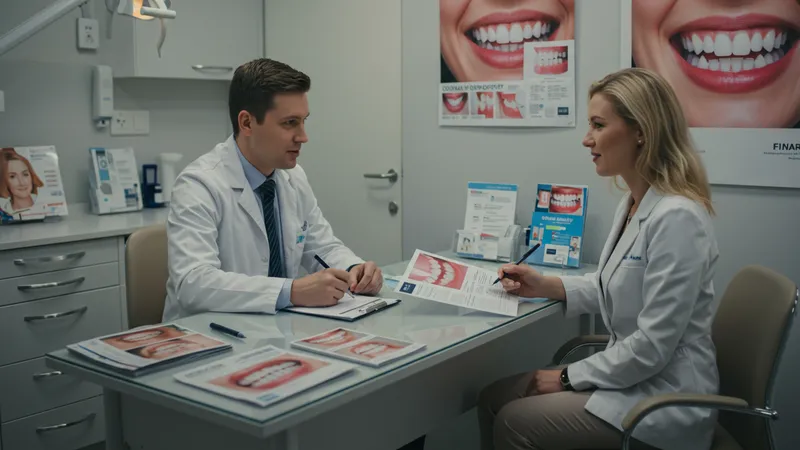
The nature of a cosmetic dentistry consultation is precise yet approachable. For example, Invisalign is often discussed for discreet teeth straightening, while options like Lumineers allow patients to address concerns such as chips or discoloration with minimal tooth reduction. Philips Zoom Whitening, on the other hand, provides in-office rapid whitening for those seeking noticeable results swiftly.
Cost estimates are another component commonly covered. In the United States, a consultation fee ranges from $75 to $300, depending on location and the extent of the assessment. However, many practices apply the initial consultation fee toward your treatment if you choose to proceed. This initial investment is considered worthwhile by many, given it includes digital imaging, expert evaluation, and a chance to review treatment plans customized to your smile.
Patients also gain insight into their dental health status—often learning of issues that impact the viability and longevity of cosmetic results, such as untreated cavities or gum disease. Dentists use advanced tools such as digital scanners and shade guides to provide a clear picture of what’s possible, while prioritizing long-term function and aesthetics.
In summary, a cosmetic dentistry consultation sets the foundation for all future treatment decisions. It’s both a diagnostic and educational session that arms you with the information needed to make confident choices about your smile transformation. The deeper details reveal even more valuable insights ahead, including exactly what steps, technology, and expectations you might encounter during this process.
One of the defining aspects of a cosmetic dentistry consultation in the United States is the structured process that unfolds with the aid of modern technology. After discussing personal goals, dentists often deploy digital imaging, such as 3D scanners or computer simulations, to visualize outcomes for treatments like Invisalign or Lumineers. This hands-on preview helps clients see the potential results before proceeding, adding a visual dimension to the decision-making process and reinforcing realistic expectations.
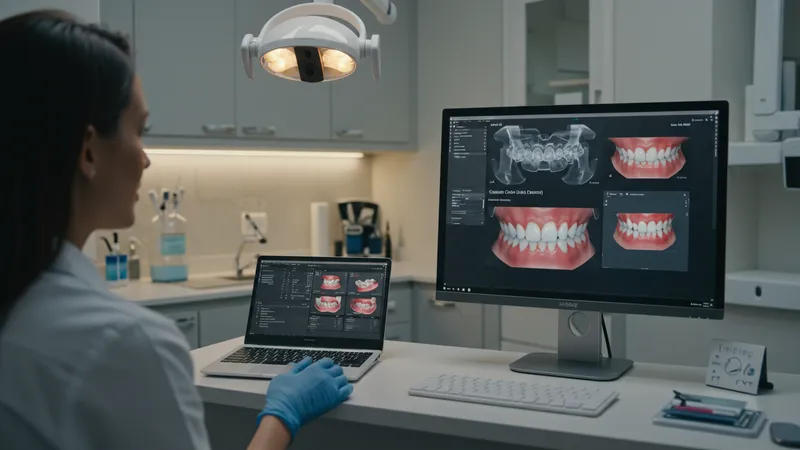
In addition to imaging, many dental practices utilize smile design software during the consultation. These applications allow both dentist and patient to collaborate on desired tooth shape, length, and alignment. For instance, when considering Lumineers, digital previews clarify how the veneers will look when bonded to your natural teeth. This approach ensures transparency and helps patients feel more in control of their cosmetic treatment journey.
Advanced shade-matching tools are another hallmark of comprehensive cosmetic consultations, especially when professional whitening like Philips Zoom is of interest. Shade guides help pinpoint starting tooth color and chart realistic improvements, minimizing surprises. In-office whitening consultations include tailored advice about maintenance and longevity, which can vary based on habits and individual oral health factors.
Finally, an in-depth oral health evaluation is non-negotiable. Dentists check for underlying issues—like cavities, gum disease, or bite problems—that could impact the effectiveness of treatments such as Invisalign or compromise the integrity of veneers. This diagnostic process ensures any cosmetic upgrades will last and look natural, forming the backbone of ethical cosmetic dentistry in the U.S.
Pricing discussions during a cosmetic consultation are critical for transparent planning. In the United States, typical consultation fees vary between $75 and $300, largely influenced by the region and scope of services. Many practices, such as those offering Invisalign or Philips Zoom Whitening, may waive or apply the consultation cost toward treatment, should you move forward. This financial approach helps patients begin the process without committing to costly upfront expenses beyond assessment.
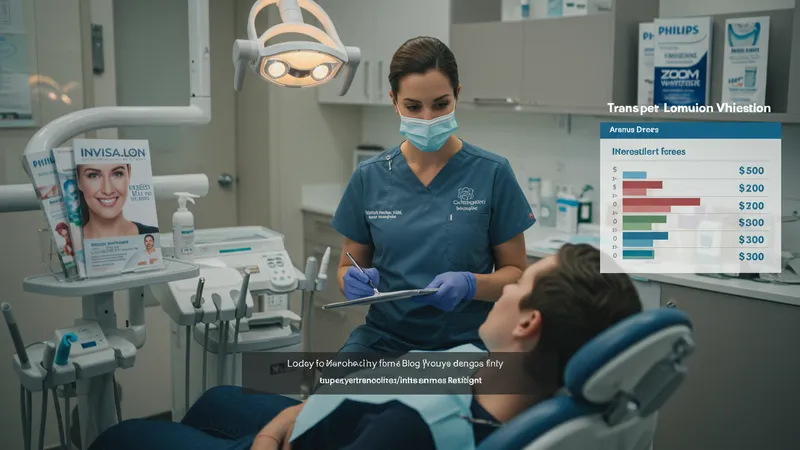
Insurance rarely covers purely cosmetic services; however, consultations often help clarify eligibility and out-of-pocket estimates for portions of treatment that address functional concerns. Invisalign, for example, might be partially covered if orthodontic correction is deemed a necessity by your provider. Your dental team will explain what paperwork, if any, can be submitted to your insurer and outline payment plans or financing options available within the practice.
When high-dollar treatments like Lumineers or multi-phase whitening are part of the plan, dental offices typically provide a comprehensive estimate, sometimes broken down by stages. This transparent process aims to prevent unexpected expenses and allows patients to compare techniques or materials. Practices in metropolitan areas tend to have higher fees but might offer advanced planning or bundled packages for greater value.
Importantly, a detailed discussion about aftercare costs and expected longevity of results occurs during this session. Whether it’s a warranty on veneers like Lumineers or advice about maintaining Philips Zoom results, understanding these factors beforehand helps ensure long-term satisfaction with your cosmetic investment.
The consultative approach in cosmetic dentistry is designed to empower patients with clear, unbiased advice. In the United States, most dental practices emphasize shared decision-making, where both patient and provider contribute to the treatment plan. When considering options like Invisalign or Lumineers, patients are guided through visual aids, before-and-after photos, and success stories from others who achieved similar results. This context builds confidence and helps set practical expectations.
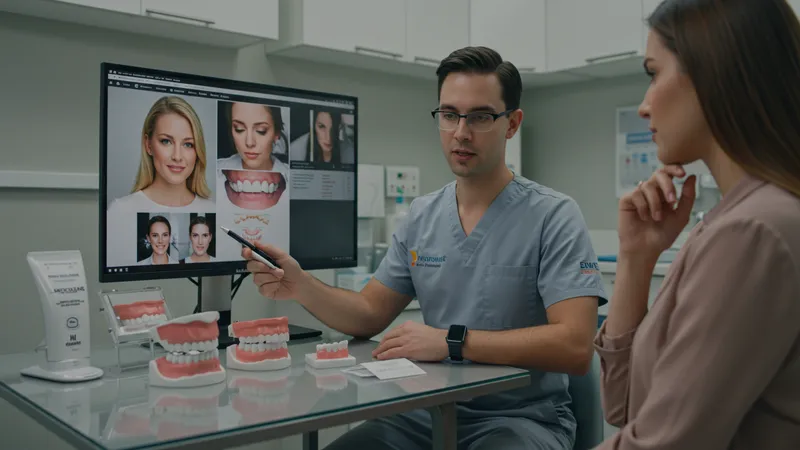
During the consultation, patients are encouraged to ask detailed questions about each option, from the mechanics of Invisalign trays to the shade possibilities for Philips Zoom Whitening. Dentists provide thorough answers, offering insight into potential adjustments, risks, timeframes, and step-by-step breakdowns of what treatment involves. This openness distinguishes the best practices from those that simply “sell” services without full transparency.
Another key element is reviewing oral health prerequisites. Dentists explain how restorative needs, such as treating cavities before veneers, influence the best order and timing for cosmetic work. Treatment plans are often phased, particularly if multiple modalities are recommended, which helps patients budget and plan for their transformed smile over weeks or months.
While technology and visuals make choices easier to understand, the human side of care is never overlooked. U.S. dental teams prioritize comfort and informed consent—ensuring you’re never rushed and that each cosmetic step aligns with your personal and dental health goals. This strategy fosters trust and helps patients move forward with confidence.
Once a cosmetic dentistry consultation concludes, the roadmap for achieving your ideal smile becomes much clearer. Patients typically leave with a written treatment plan summarizing all options discussed, estimated costs, and a tentative timeline. Many U.S. dental practices also provide digital renderings or mockups, allowing you to revisit these visuals at home and reflect on your preferences before committing to any procedures, such as Invisalign or Lumineers.
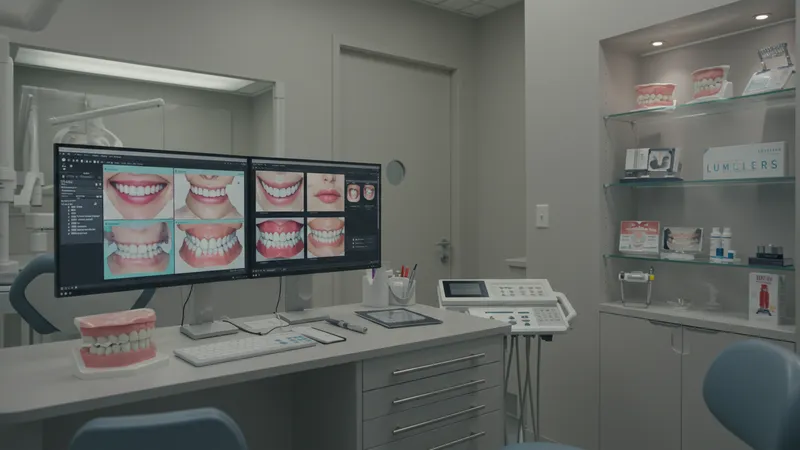
The next phase involves scheduling preparatory appointments, such as professional cleanings or necessary restorative work. Depending on the treatment selected, additional diagnostics like x-rays or digital impressions might be required. For in-office services such as Philips Zoom Whitening, these sessions are often easily scheduled within weeks, while custom solutions like Invisalign typically have a short waiting period while trays or veneers are fabricated.
Your dental team will review important maintenance guidelines, including home care practices to extend the longevity of your cosmetic improvements. For example, they may recommend specific toothpaste after whitening or night guards to protect new veneers. Honest discussion about routine dental check-ups also forms a crucial part of the post-consultation plan, ensuring lasting success.
In essence, the consultation lays the groundwork for a personalized transformation, aligning every step with your goals and health needs. With a well-structured plan, supportive dental team, and modern U.S. tools at your disposal, navigating cosmetic dentistry becomes an empowering, informed experience from the very first conversation.